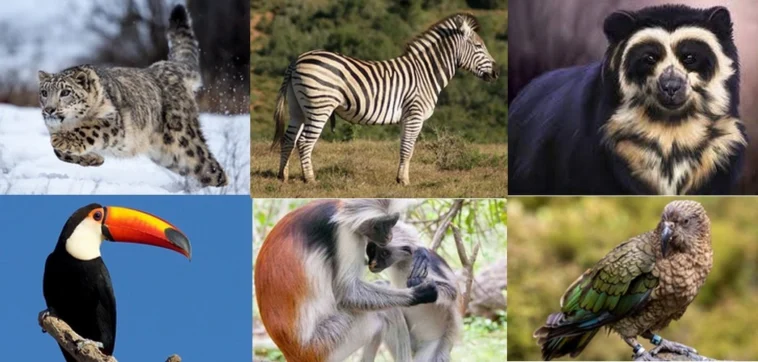What are biodiversity hotspots?
Biodiversity hotspots are areas of the world that are home to a large number of species of plants, animals, and other forms of life, and that are under threat from human activities such as habitat destruction, pollution, and climate change. These hotspots are identified based on the number of species that are found in the region, the level of threat to those species, and the amount of habitat that is protected. There are currently 36 recognized biodiversity hotspots around the world, which are home to more than 60% of the world’s plant and animal species, but cover less than 2.3% of the earth’s land surface. The hotspots are located in a variety of different regions, including tropical rainforests, grasslands, and deserts.
There are 36 recognized biodiversity hotspots in the world. Among these we have discussed about five major biodiversity hotspots as recognized by the Critical Ecosystem Partnership Fund (CEPF):
1. The Tropical Andes
The Tropical Andes biodiversity hotspot is located in the Andes mountain range in South America, and includes parts of Colombia, Ecuador, Peru, Bolivia, and Venezuela. The region is home to a wide variety of plant and animal species, many of which are found nowhere else in the world. The Tropical Andes is one of the most bio-diverse regions on the planet, with over 45,000 species of plants, nearly 4,000 species of vertebrates, and numerous other forms of life. The hotspot is home to a number of iconic species, including the Andean condor, the jaguar, and the giant otter.
The Tropical Andes is under threat from a number of different factors, including habitat destruction, pollution, and climate change. Many of the region’s species are endangered, and conservation efforts are underway to protect and preserve them. The Tropical Andes is also home to a large number of indigenous communities, who rely on the region’s natural resources for their livelihoods. Ensuring the conservation of the Tropical Andes is therefore important not only for the region’s biodiversity, but also for the people who live there.
Major Animals in the Tropical Andes
Some of the major animals found in the Tropical Andes include:
Jaguar: a large cat that is native to the Tropical Andes and is the largest cat in the Americas
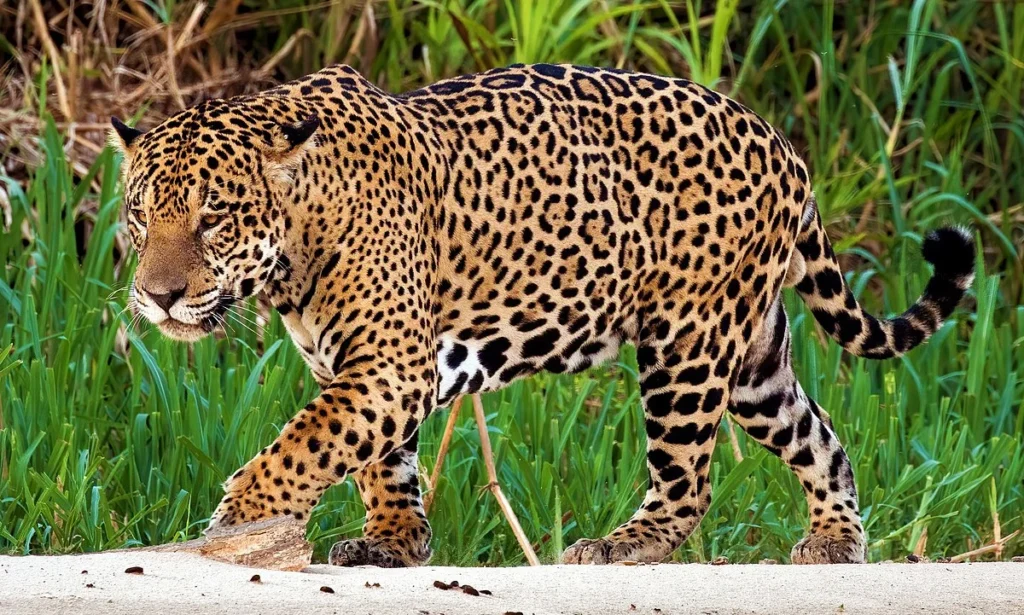
Spectacled bear: a bear species that is native to the Tropical Andes and is the only bear found in South America.
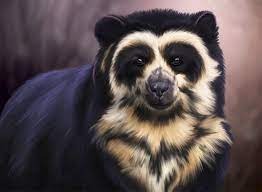
Anaconda: a large snake that is native to the Tropical Andes and is one of the largest and heaviest snakes in the world
Tapir: a large, herbivorous mammal that is native to the Tropical Andes and is closely related to horses and rhinoceroses

Condor: a large bird of prey that is native to the Tropical Andes and is one of the largest flying birds in the world.

There are also many other species of animals found in the Tropical Andes, including monkeys, reptiles, birds, and amphibians
2. New Zealand archipelago
The New Zealand archipelago is a hotspot of biodiversity, with many unique plant and animal species found nowhere else in the world. The country has a wide range of habitats, including alpine, coastal, forest, grassland, and wetlands, all of which support a diverse array of species. Some examples of unique species found in New Zealand include the kiwi bird, the tuatara reptile, and the kakapo parrot. The country is also home to many species of flora, including a wide range of native trees, ferns, and flowers. Many of these species are found in the country’s national parks and other protected areas, which help to conserve the country’s natural heritage.
The New Zealand archipelago is home to a diverse range of animal species, both native and introduced. Some of the native animals found in New Zealand include:
Kiwi: a flightless bird that is the national symbol of New Zealand
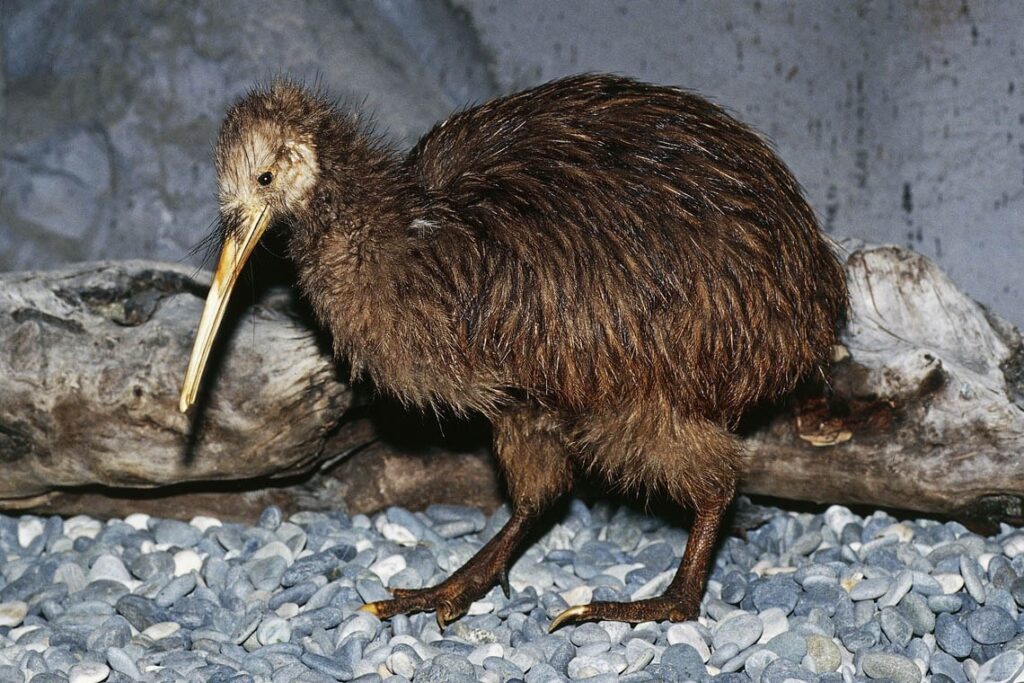
Tuatara: a reptile that is native to New Zealand and is the only surviving member of its order.
Kea: a large, intelligent parrot that is native to the mountains of the South Island.

Tui: a native honeyeater bird with a distinctive white throat tuft
Kakapo: a flightless, nocturnal parrot that is critically endangered
There are also many species of bats, marine mammals, and insects that are native to New Zealand.
In addition to native species, there are also several introduced species in New Zealand, including rabbits, deer, and possums, which have had a significant impact on the native ecosystem.
3. The Himalayan region
The Himalayan region is a biodiversity hotspot, home to many unique plant and animal species. The region is home to some of the highest mountains in the world, including Mount Everest, and has a wide range of habitats, including alpine, temperate, and subtropical forests, grasslands, and wetlands. The Himalayas are home to many species of mammals, including the snow leopard, red panda, and blue sheep, as well as a wide range of birds, reptiles, and amphibians. The region is also home to many species of plants, including a variety of trees, shrubs, and flowers that are found nowhere else in the world. Many of these species are found in the region’s national parks and other protected areas, which help to conserve the region’s natural heritage.
The Himalayan region is home to a wide range of animal species, including many that are found nowhere else in the world. Some examples of animals that are native to the Himalayas include:
Snow leopard: A large cat that is native to the high-altitude regions of the Himalayas.
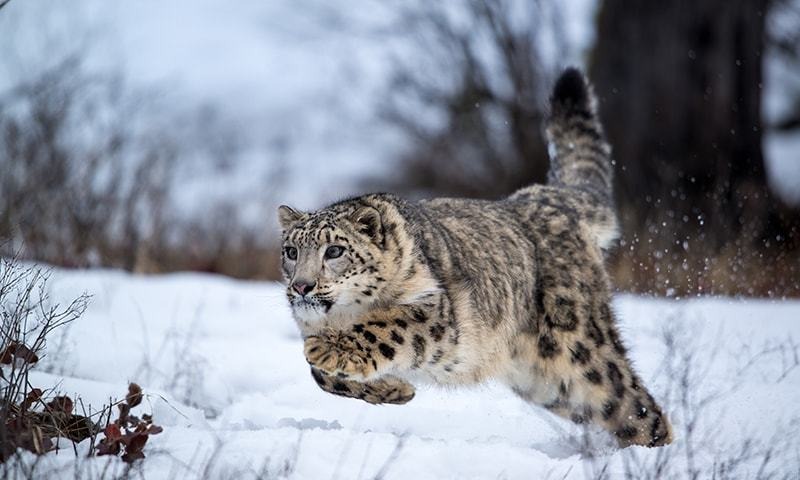
Red panda: A small, reddish-brown animal that is native to the temperate forests of the Himalayas.

Blue sheep: A large, blue-gray sheep that is native to the high-altitude grasslands of the Himalayas.
Himalayan musk deer: A small, musk-producing deer that is native to the forests of the Himalayas.
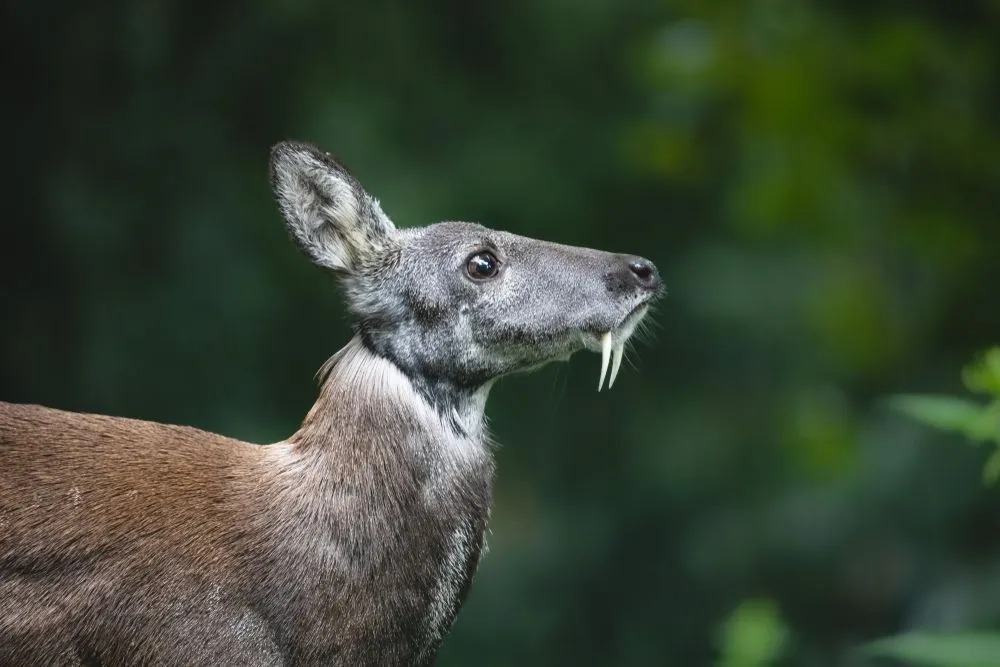
Himalayan tahr: A large, wild goat that is native to the high-altitude grasslands of the Himalayas.
Yak: A large, shaggy-haired bovine that is native to the high-altitude grasslands of the Himalayas and is widely used for transportation and for its milk, meat, and other products.
Snowcock: A large, ground-dwelling bird that is native to the high-altitude grasslands of the Himalayas.
There are many other animal species found in the Himalayas, including a wide range of birds, reptiles, and amphibians.
4. The Atlantic Forest
The Atlantic Forest is a tropical rainforest ecosystem located along the Atlantic coast of South America. It is a biodiversity hotspot, home to many unique plant and animal species found nowhere else in the world. The Atlantic Forest is home to a wide range of habitats, including lowland rainforest, montane forest, and seasonally dry forest, as well as a variety of wetlands. The forest is home to many species of mammals, including jaguars, pumas, and capuchin monkeys, as well as a wide range of birds, reptiles, and amphibians. The forest is also home to many species of plants, including a variety of trees, shrubs, and flowers. Many of these species are found in the forest’s national parks and other protected areas, which help to conserve the region’s natural heritage.
The Atlantic Forest is a diverse and biodiverse ecoregion located along the Atlantic coast of South America. Some of the major animals found in the Atlantic Forest include:
Jaguar: This is a large cat found in the dense forests of the Atlantic Forest. It is an apex predator and plays a crucial role in the ecosystem.
Ocelot: This is a medium-sized wild cat found in the Atlantic Forest. It is known for its beautiful fur and is a skilled hunter.

Tapir: This is a large herbivorous mammal found in the Atlantic Forest. It has a distinctive prehensile snout and is an important seed disperser in the ecosystem.
Sloth: There are several species of sloths found in the Atlantic Forest, including the three-toed sloth and the two-toed sloth. They are slow-moving animals that spend most of their time in the trees.

Squirrel monkey: This is a small, arboreal monkey found in the Atlantic Forest. It is known for its distinctive call and is a social animal, living in large groups.
Red-handed howler monkey: This is a large monkey found in the Atlantic Forest. It is known for its distinctive call and is an important seed disperser in the ecosystem.
Anaconda: This is a large, non-venomous snake found in the rivers and swamps of the Atlantic Forest. It is an excellent swimmer and is a skilled hunter.
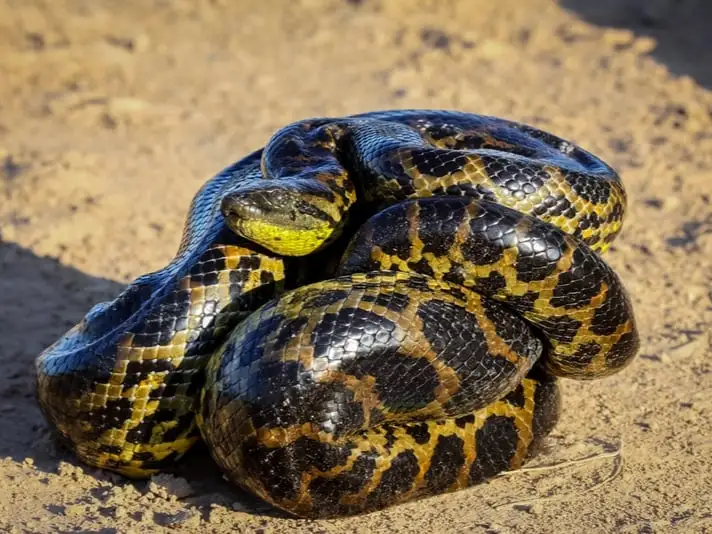
Capybara: This is a large, semi-aquatic rodent found in the Atlantic Forest. It is a social animal and is often found in large groups near water sources.
Toco toucan: This is a large, brightly colored bird found in the Atlantic Forest. It is known for its distinctive beak and is an important seed disperser in the ecosystem.
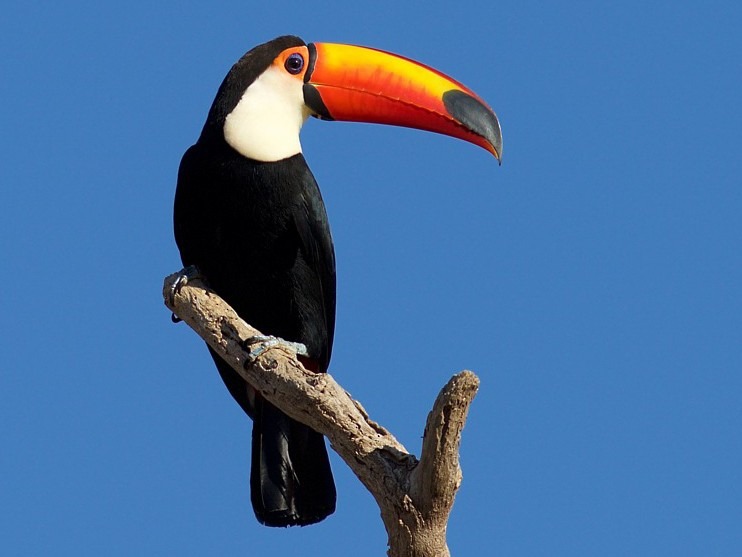
These are just a few examples of the many animals that can be found in the Atlantic Forest. The ecoregion is home to a wide variety of plant and animal life, and many species are found nowhere else in the world.
5. The Cape Floristic Region
The Cape Floristic Region is a biodiversity hotspot located in the southwestern tip of South Africa. It is home to an incredible diversity of plant life, with over 9,000 species of vascular plants, including more than 70% of South Africa’s indigenous plant species. Many of these plant species are found nowhere else in the world.
The Cape Floristic Region is known for its wide variety of habitats, including fynbos (a type of scrubland), grassland, forest, and wetlands. These diverse habitats support a wide range of animal species, including many species of birds, reptiles, and mammals. Some of the major animal species found in the Cape Floristic Region include:
African elephant: The African elephant is the largest living land mammal and is found throughout much of Africa. It is known for its intelligence and social behavior.

African penguin: The African penguin, also known as the jackass penguin, is a species of penguin found along the southwestern coast of Africa. It is endangered due to habitat loss and other factors.
Great white shark: The great white shark is a large predatory shark found in the waters off the southwestern coast of Africa. It is known for its powerful jaws and sharp teeth.
Cape mountain zebra: The Cape mountain zebra is a species of zebra found in the mountains of the Cape Floristic Region. It is endangered due to habitat loss and other factors.

Cape grysbok: The Cape grysbok is a small antelope found in the fynbos of the Cape Floristic Region. It is a shy, elusive species and is threatened by habitat loss and other factors.
6. The Caribbean Islands
The Caribbean Islands are a group of tropical islands located in the Caribbean Sea. The region is known for its beautiful beaches, warm climate, and diverse culture. The Caribbean Islands are home to a wide variety of plant and animal life, many of which are found nowhere else in the world.
The Caribbean Islands have a wide variety of habitats, including rainforests, mangrove forests, coral reefs, and grasslands. These diverse habitats support a wide range of animal species, including many species of birds, reptiles, and mammals. Some of the major animal species found in the Caribbean Islands include:
Green iguana: The green iguana is a large, arboreal reptile found throughout the Caribbean Islands. It is known for its bright green coloration and long tail.

West Indian manatee: The West Indian manatee is a large, herbivorous mammal found in the shallow coastal waters of the Caribbean Islands. It is known for its docile nature and is considered endangered.

American crocodile: The American crocodile is a large reptile found in the tropical regions of the Americas, including the Caribbean Islands. It is an apex predator and is known for its powerful jaws and sharp teeth.

Red-footed booby: The red-footed booby is a seabird found throughout the tropical regions of the Americas, including the Caribbean Islands. It is known for its striking red feet and is a skilled fisherman.
Jamaican boa: The Jamaican boa is a large, non-venomous snake found on the island of Jamaica. It is an important predator in the ecosystem and is known for its powerful constricting ability.
Other animals found in this diverse region include the flamingo, hummingbird, and many species of fish and invertebrates.
7. The Coastal Forests of East Africa
The Coastal Forests of East Africa are a group of tropical forests located along the Indian Ocean coast of East Africa. These forests are known for their high levels of biodiversity and are home to a wide variety of plant and animal species, many of which are found nowhere else in the world.
The Coastal Forests of East Africa have a wide variety of habitats, including mangrove forests, beach forests, and coastal grasslands. These diverse habitats support a wide range of animal species, including many species of birds, reptiles, and mammals. Some of the major animal species found in the Coastal Forests of East Africa include:
African elephant: The African elephant is the largest living land mammal and is found throughout much of Africa. It is known for its intelligence and social behavior.
African penguin: The African penguin, also known as the jackass penguin, is a species of penguin found along the southwestern coast of Africa. It is endangered due to habitat loss and other factors.
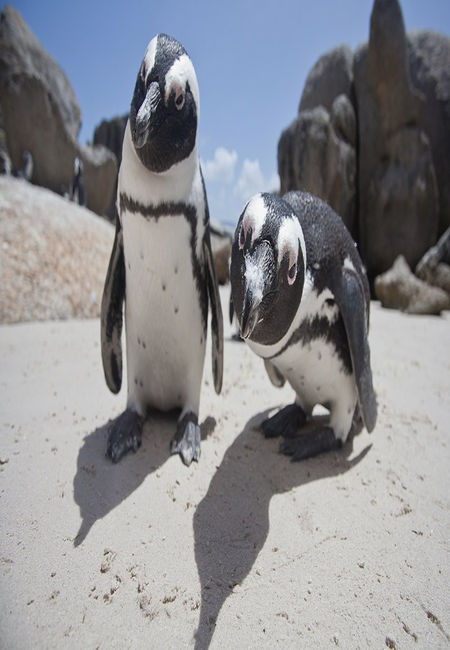
African wild dog: The African wild dog, also known as the painted hunting dog, is a medium-sized carnivorous mammal found throughout much of Africa. It is known for its distinctive coat and is considered endangered due to habitat loss and other factors.

Red colobus monkey: The red colobus monkey is a large, arboreal primate found in the forests of East Africa. It is known for its distinctive red fur and is considered endangered due to habitat loss and other factors.
Green mamba: The green mamba is a venomous snake found in the forests of East Africa. It is known for its bright green coloration and is considered one of the most venomous snakes in Africa.
These hotspots are home to a large number of unique and endangered species, and are under threat from a variety of human activities such as habitat destruction, pollution, and climate change. The conservation of these hotspots is crucial for the protection of global biodiversity.

